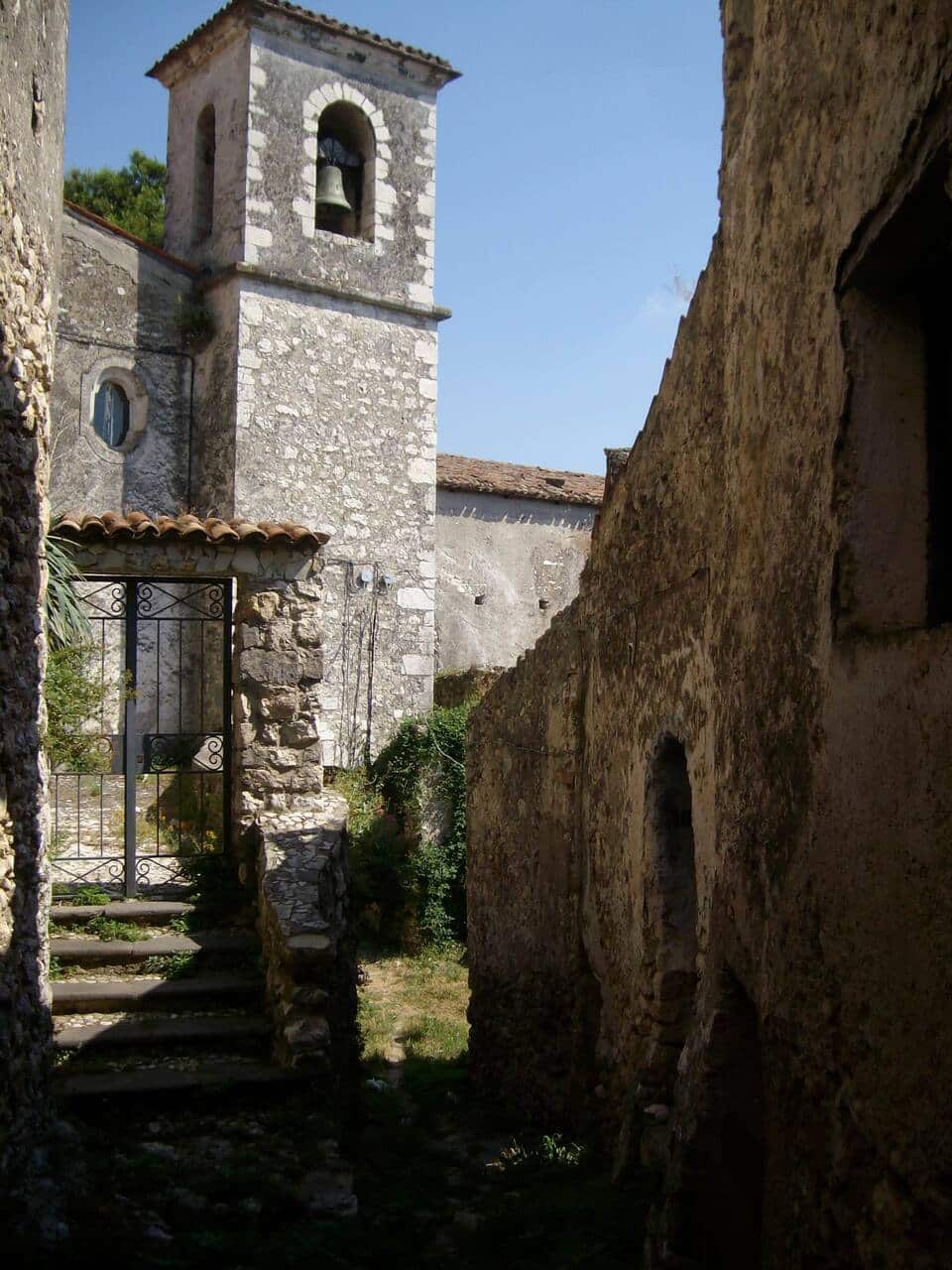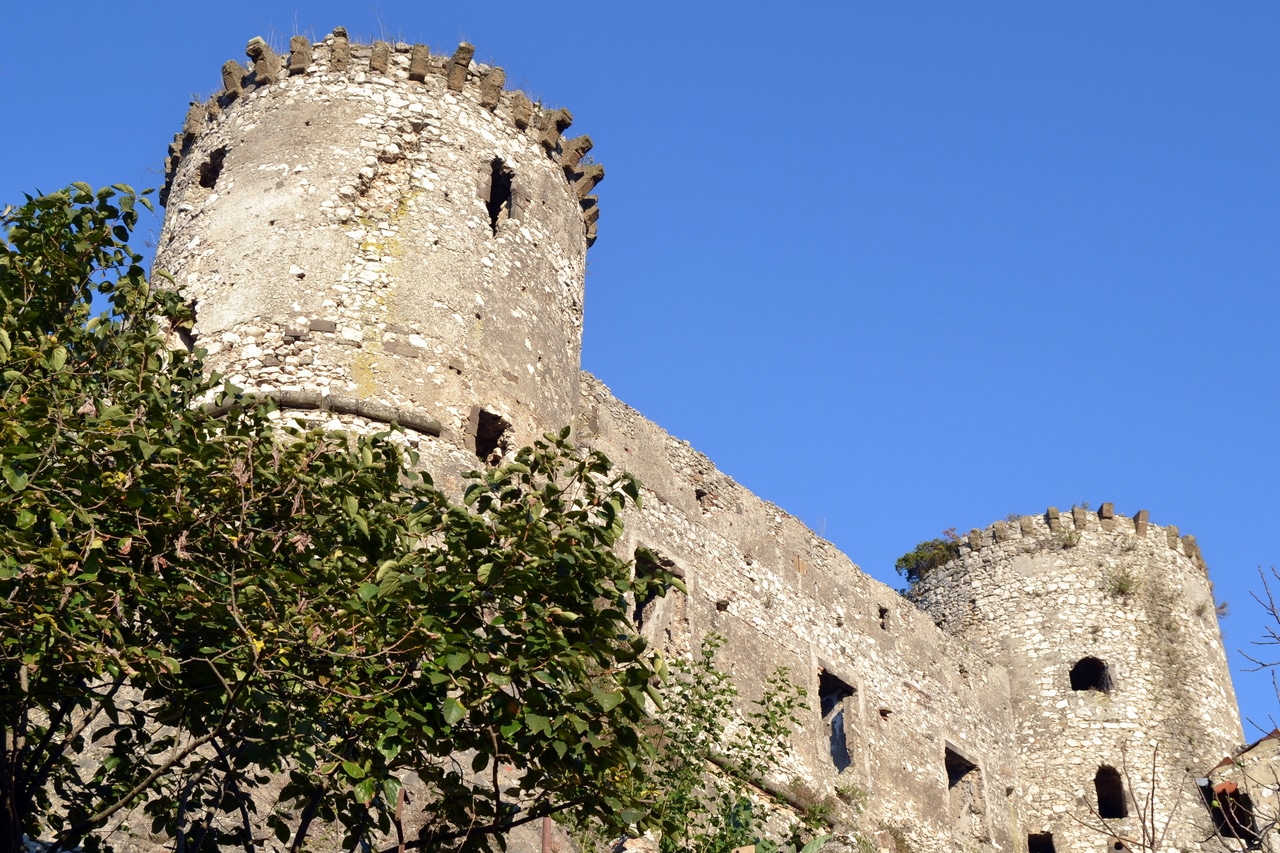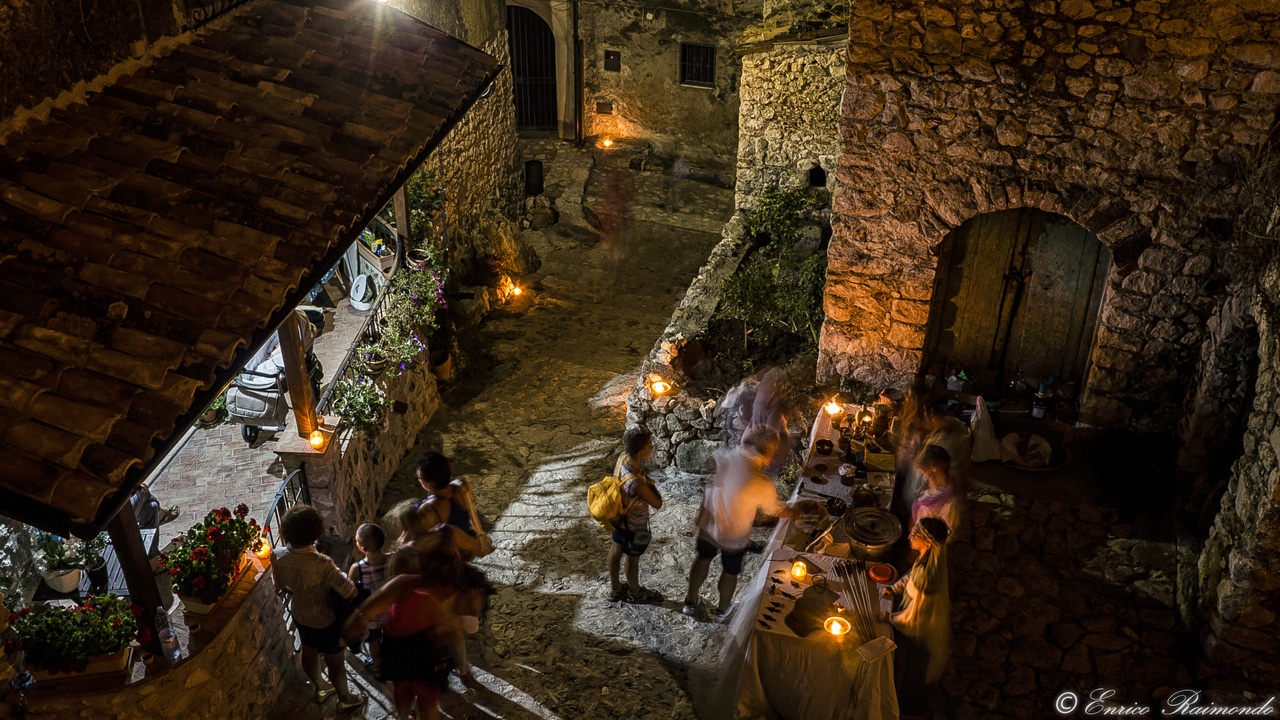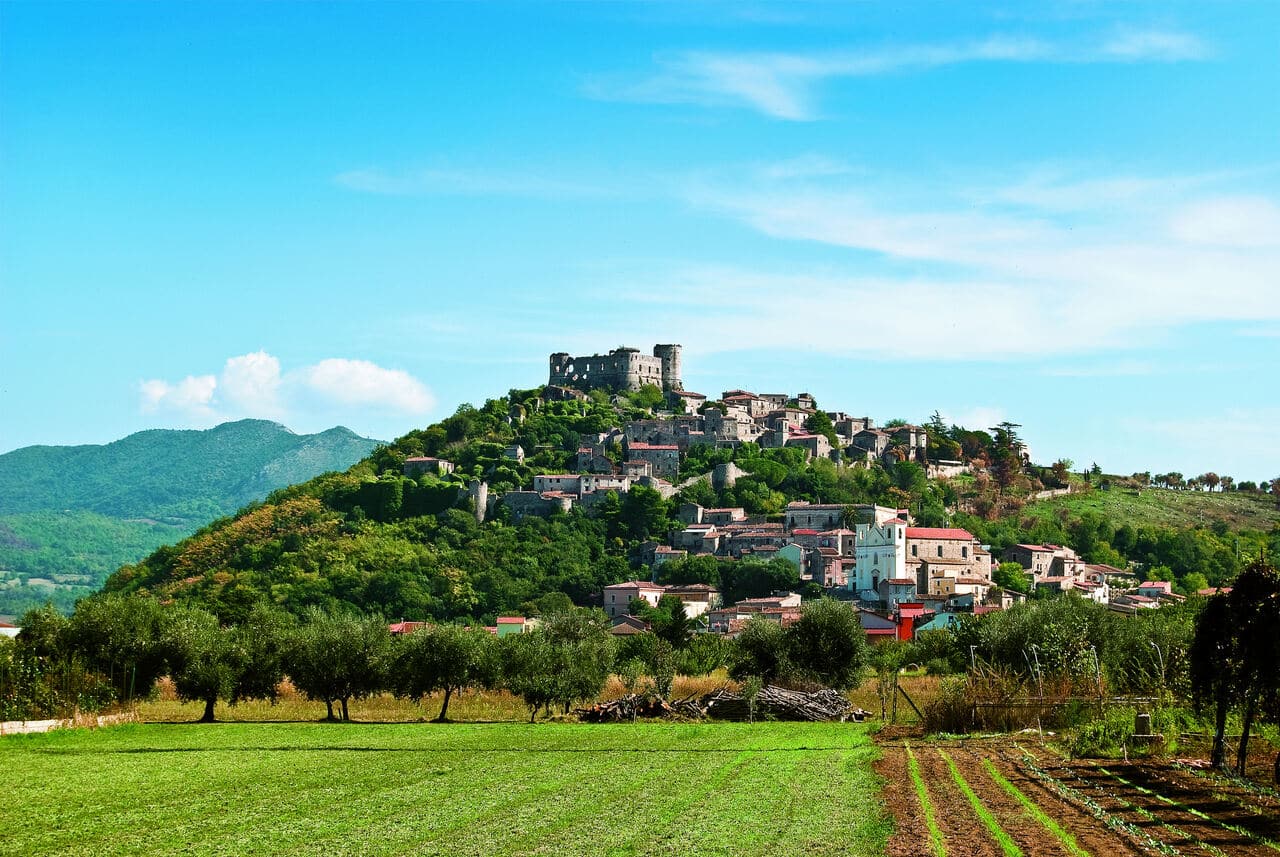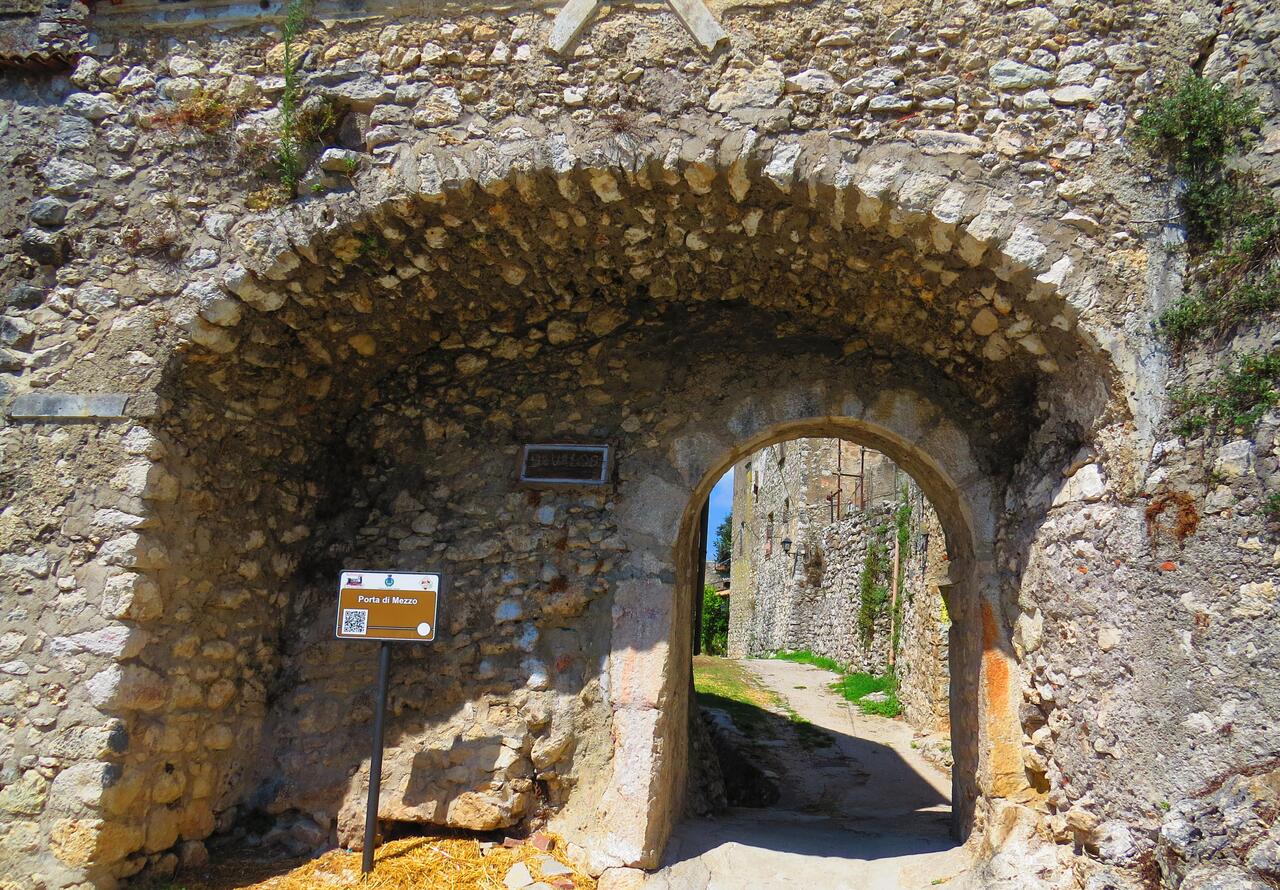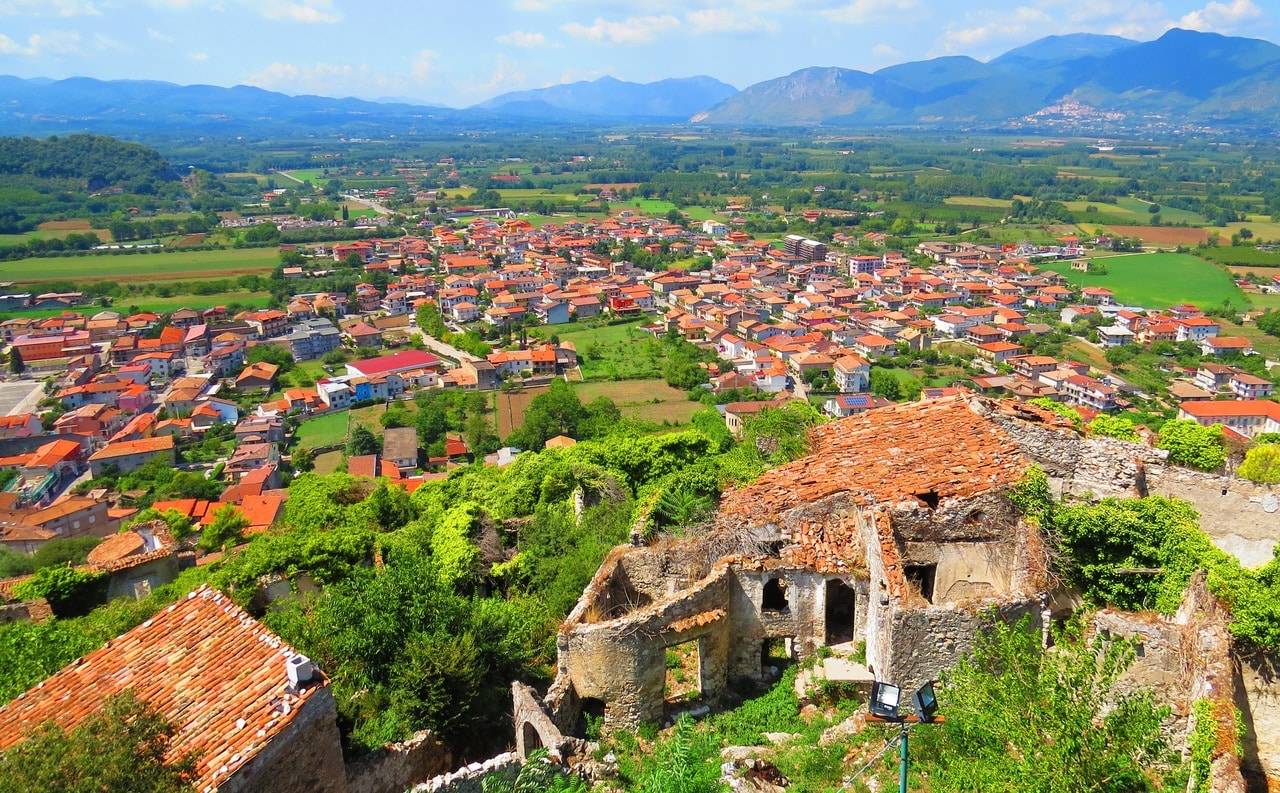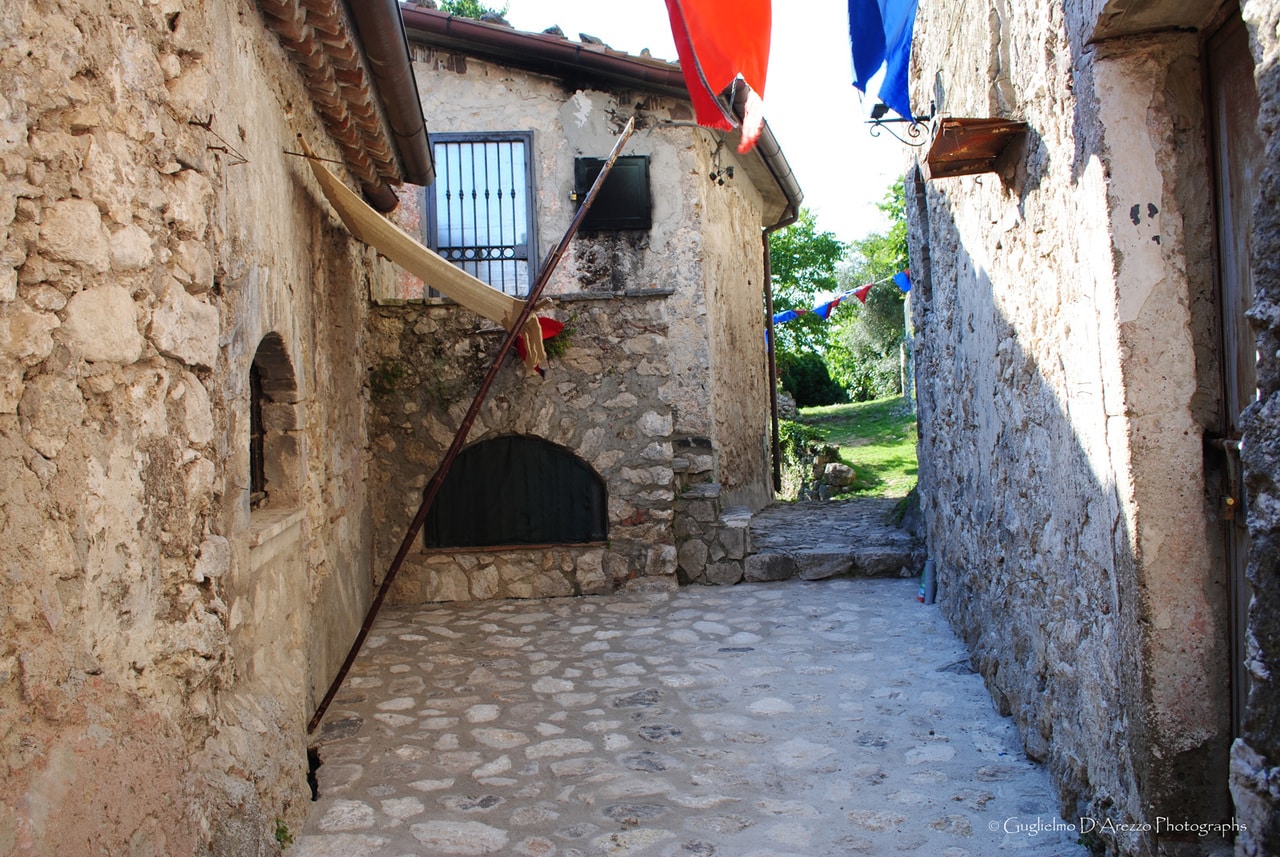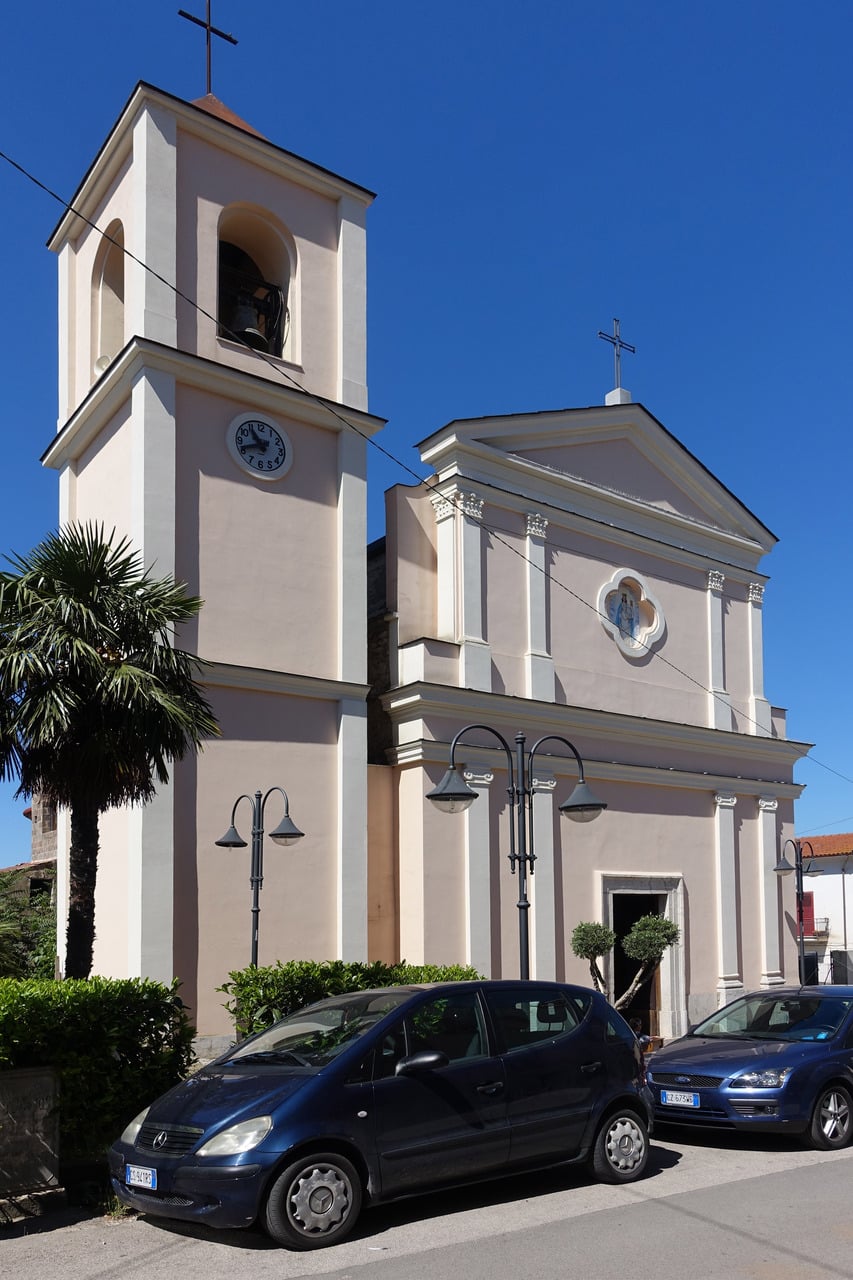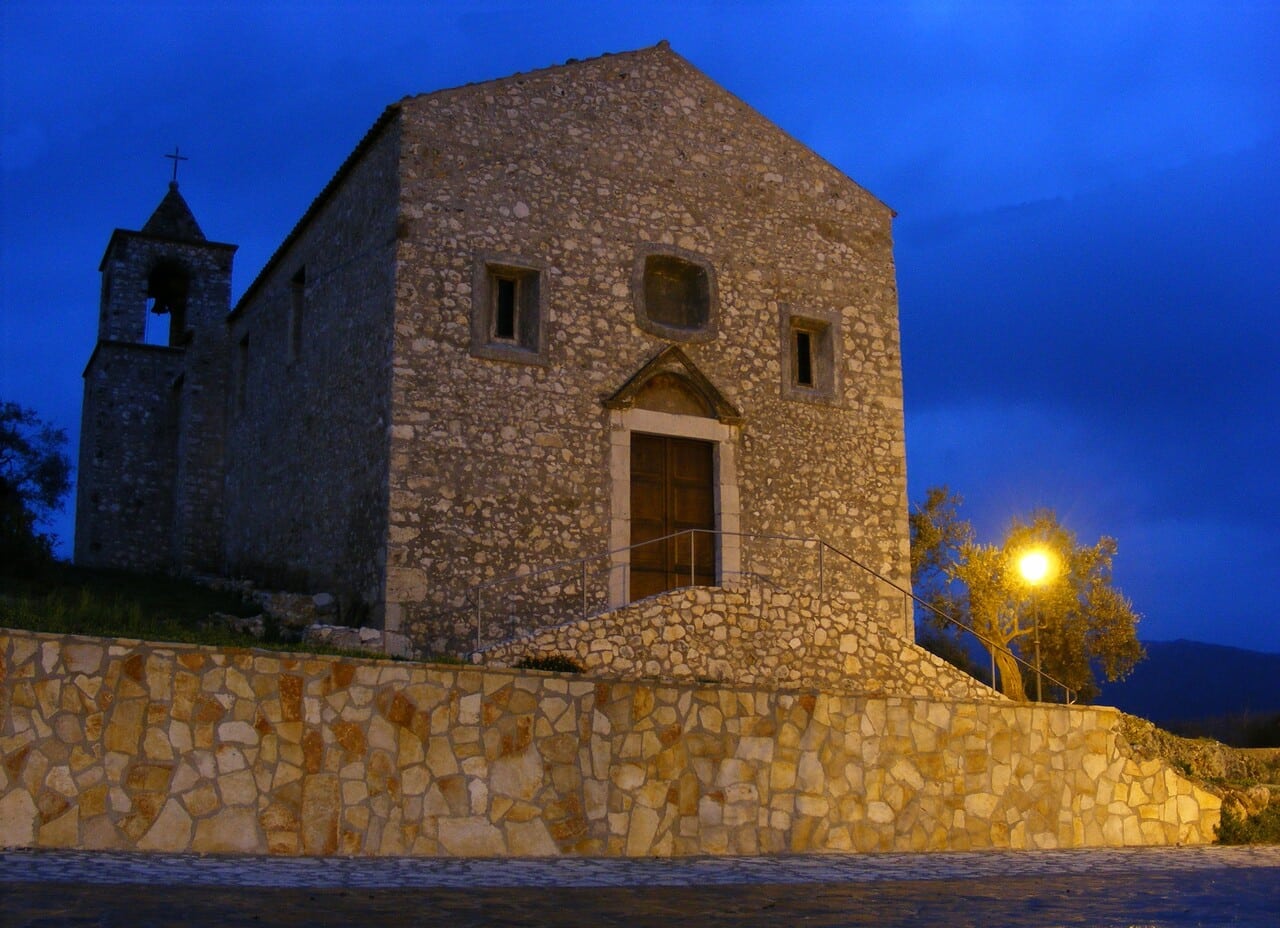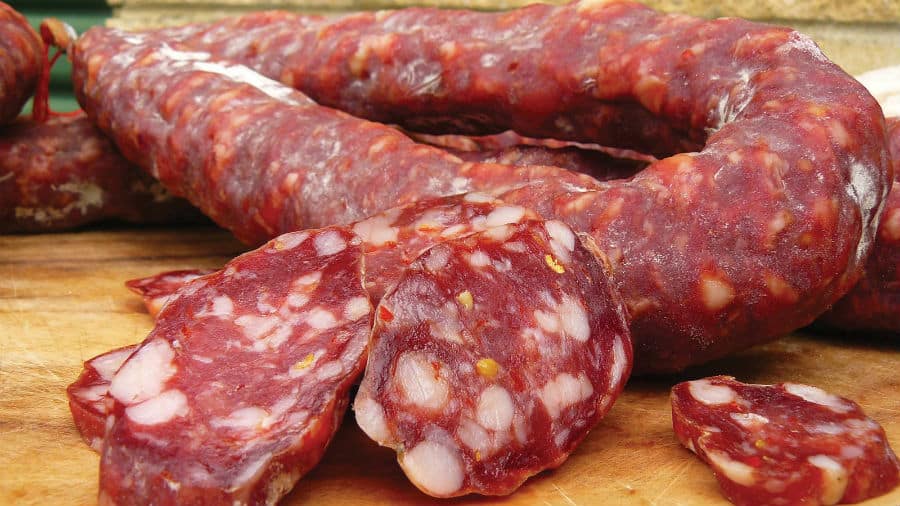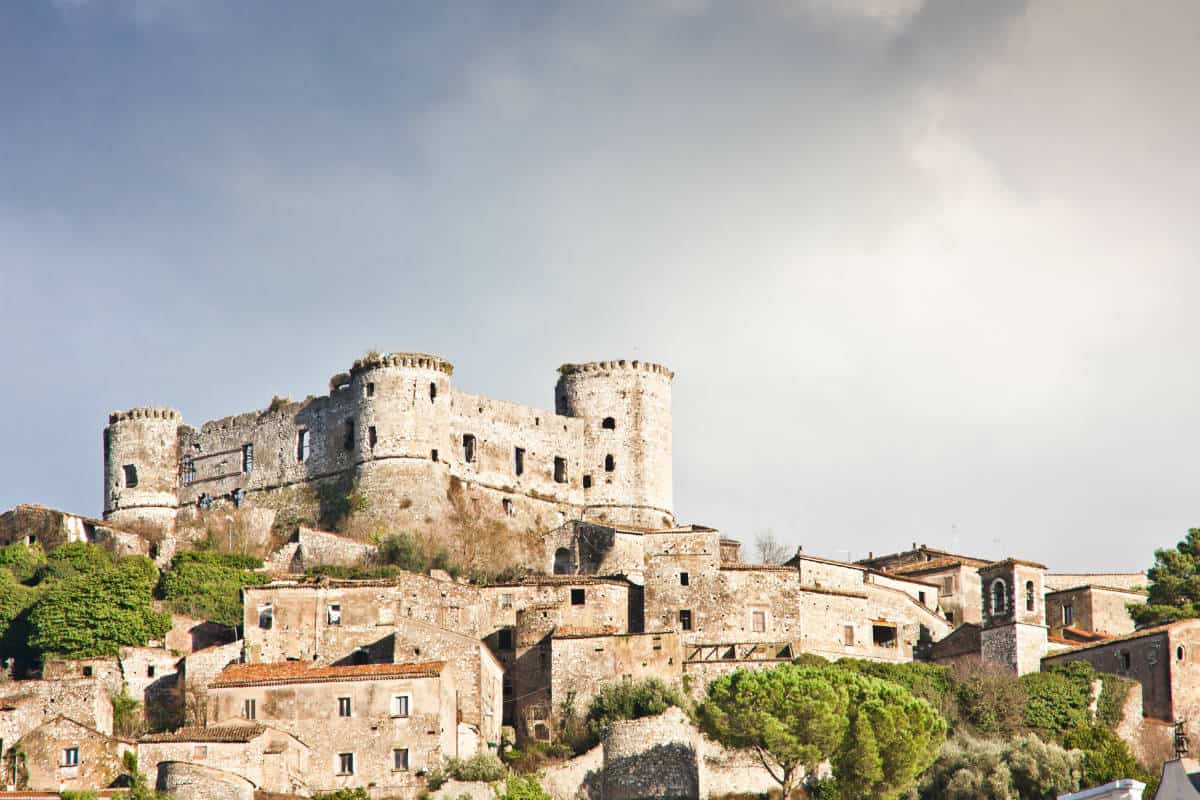The territory was initially occupied by the Samnites. After the Roman conquest (290 B.C. at the end of the third Samnite War) depended from the town hall of Sidicinum Teanum and in epoch tall medieval-passed to the Lombards. In the XI century Normans erected a castle, involved in the struggles between the emperor Henry IV and king of Sicily Tancredi. The Conte Ruggero of Chieti, which favored the king Tancredi, rejected the siege of the castle conducted by the imperial troops and the abbot Roffredo in 1193. Hereinafter briefly were guests of the Castle Frederick II of Swabia, Charles II of Anjou and Pope Gregory X.
In 1437 the city was sacked by the Patriarch Vitellesco. In 1460 it resisted again to a second siege by the Angevins, during the war between the king of Naples, Ferrante of Aragon and his rival Giovanni of Anjou, but the following year the castle was almost totally destroyed by Marino Marzano, an opponent of the Aragonese and the city remained depopulata et dehabitata. The present castle was rebuilt between 1491 and 1503 by Baron Innico II d'Avalos, who rebuilt the city walls. In 1500 was built the village of Marzanello as an outpost.
In 1590 Vairano was purchased by Baron Antonio Mormile of Frignano Cacciapuoti. The Cacciapuoti obtained the title of Duke of Vairano in 1628 and in 1660 they restored again the castle, which remained in the possession of the family until the abolition of feudalism in 1806.
During the fascist period, in the tavern of the chain was locked up the thinker and communist philosopher Antonio Gramsci.
The fortified walls of the medieval village were interspersed with 14 cylindrical towers on the basis of the escarpment and opened with three gates (Porta Oliva, carries means, or of the Mezzogiorno, and Porta Castello, or Sant'Andrea).
The Tavern of the chain
in 1700 along the consular roads Vairano, Via Latina and Venafrana, sprouted several tavernas, for the stop and the change of the horses of the postmen and wayfarer; the best known is the tavern of the chain whose name derives from the fact that when the king went hunting in the nearby nature reserve of Torcino, The crossing was crossed by a chain. It was built by the Duke Domenico Mariconda around 1720. The aforesaid Taverna is passed into history as the place where took place the historic meeting of 26 October 1860, which sanctioned the unification of Italy, between the King Vittorio Emanuele II and the General Giuseppe Garibaldi.
Marzanello
Il Borgo di Marzanello, locality of Vairano Patenora, was created in the sixteenth century as an outpost. It is formed by a few houses and the church of San Nicola, recently restructured. Toward the half of the XVIII century the population began to move toward the current urban agglomerate. Nearby is the church of Santa Maria del Monte, with two aisles, with frescoes and a painting depicting the Virgin and the "Palazzone", roman villa of the I century B.C., subsequently fortified in the Middle Ages. We must not forget the Fontana del Vallo, discreet historical interest.
Certainly deserve a visit the Aragonese Castle and the Abbey of Ferrara.
Vairano Patenora also proposes an excellent gastronomic tradition. Once tasted is impossible to forget the taste of typical pork sausage, Sauciccia Vairano, or della Pezza, a pecorino cheese already known in medieval times and then, inalienable, are the tasty peschiole, fruitlets pesco collected still green, cooked in water and vinegar and flavored with spices. Finally, the king of Vairan, the giant Lupin, also called Lupinone, today a Slow Food Presidium.


